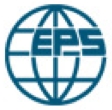
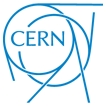
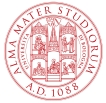
European Physical Society
Workshop 2013
Ravenna (ITALY), 11-12 November 2013
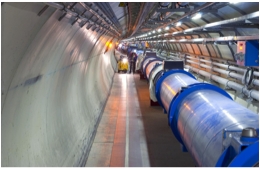
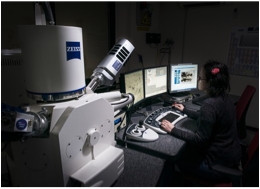
  
|
Technology and Innovation Group European Physical Society Workshop 2013 Ravenna (ITALY), 11-12 November 2013 |
 
|
|
Speaker: G. Anelli and M. Dosanjh Title: Knowledge Transfer at CERN Affiliation: CERN Knowledge Transfer Group Abstract: Knowledge Transfer is an integral part of CERNís mission. The knowledge and the technologies developed while pursuing CERNís ambitious research programmes have other applications outside High Energy Physics, and the Organization aims at maximizing the dissemination and the impact of its technologies for the benefit of Society. The talk will be divided in 2 parts. The first part will present CERNís technology portfolio and a few examples of applications and will illustrate the various programs that CERN is putting in place to facilitate the Knowledge Transfer process (examples are the KT Fund, CERNís Open Hardware License and the STFC-CERN Business Incubator Centre). Other examples of Knowledge Transfer ways (for example, through procurement activities and through people mobility) will also be mentioned. The second part of the talk will focus on applications in the medical field. State-of-the-art techniques borrowed from the three major pillars of particle physics: accelerators, detectors, and computing are increasingly used in the medical field for the early diagnosis and treatment of cancer and other diseases. These applications have a high societal impact, and the physics community is committed to sharing its expertise in particle accelerators, detectors and information technologies with fields beyond high- energy physics for the benefit of all. Several examples of medical applications of technologies developed at CERN or in collaboration with CERN will be given. One of the most important is hadrontherapy. Hadron (particle) beams allow highly conformal treatment of tumours while delivering minimal doses to the surrounding healthy tissues. Therefore, hadrontherapy has great prospects for being used in early stages of deep-seated tumours not amenable to surgery. This idea was first put into practice at the Lawrence Berkeley Laboratory (LBL) in the USA, in 1954. Cancer therapy with protons has become a mainstream clinical modality, and a few facilities around the world also use carbon ions. However, there are many challenges posed by the size, complexity and cost of hadrontherapy centres; therefore for the future design of optimal and standardised facilities there is a global, interdisciplinary and transnational research effort and collaboration is needed with the High Energy Physics community and their accelerator expertise. |
|
© 2013, EMRG |
Sponsored by: |
Centro Tecnologia e Innovazione |